Medieval Warfare picks up where its sister magazine, Ancient Warfare, leaves off. Starting around 500 AD, Medieval Warfare examines the world during the Middle Ages up through the early years of the Renaissance (the magazine generally leaves off in the 16th century). While popular topics such as the Crusades and the Vikings are given regular coverage, Medieval Warfare also tackles more complex and obscure topics, ranging from the Umayyad Caliphate versus the Byzantine Empire to horse trading in 14th-century England.
mw
Editorial
Marginalia
THE WAR OF ST SABAS, 1256–1258 • The Latin kingdom of Jerusalem was at war. Siege engines battered the defences of its principal city, a hostile army gathered before its walls preparing to attack, fleets clashed at sea beyond its harbour, and even the Grand Master of the Templars was forced to flee to safety. Yet this was not a crusade or a war between Franks and Muslims, but a struggle between Christians for economic dominance in the Holy Land.
Hereward and the Siege of Ely • In the aftermath of the Battle of Hastings, Duke William of Normandy was able to take the English throne. However, English chronicles do document a number of resistance movements following the Norman conquest. One of these was led by Hereward, who waged a successful guerrilla campaign based out of the Fenlands.
FROM HOBELARS TO ARCHERS • England’s defence structure rested heavily upon its large male population. These levied troops came from almost every walk of life. Age sixteen to sixty, they covered almost all ages of men and all levels of wealth, from the poorest commoner to the loftiest noble. Their role and equipment were decided by the king and his council over generations, which became tradition.
THE REIGN OF VLAD II DRACUL • Part of present-day Romania, Wallachia lies between the Danube River and the Carpathian mountains. During the later Middle Ages, this land would be a contested ground, both between its own ruling elite, and between the larger states that surrounded it.
A TIMELINE OF THE IMPALER • A look at the events that took place in southeastern Europe during the fifteenth century and the role that Vlad III, Voivode of Wallachia, would play in its many conflicts.
DRACULA AGAINST MEHMED THE CONQUEROR • In 1462, the Ottomans launched the largest invasion Wallachia had experienced in decades. Vlad the Impaler’s aggressive response would earn him a reputation for both ferocity and guile.
Corpus Draculianum
Dracula, by Matei Cazacu
VLAD’S SEQUEL • The strength of the Ottoman Empire would leave Hungary adopting a defensive position. King Matthias Corvinus hoped to secure his southern border through fortifications, inflicting damages into enemy territory, and the use of excessive propaganda in the west, trying to motivate other European powers to financially support the recruitment of mercenaries. Vlad the Impaler, notorious for his cruelty but also for his astonishing military successes, was predestined to lead the charge.
Vlad’s final months
THE POSTMEDIEVAL DRACULA • The afterlives of Vlad III ‘the Impaler’ are perhaps even more interesting than his life. They have transformed the historical figure from a leader and warrior during his reigns into a ruthless and twisted killer during the sixteenth and seventeenth centuries, which contributed to his distorted fashioning in local folklore. During the nineteenth century, Vlad was yet again reimagined, this time as a literary figure, which gave way to his iconic representations in films and other visual media during the twentieth and twenty-first centuries. Vlad III Dracula has enjoyed great fame in the historical record and in the popular imagination.
Abraham ‘Bram’ Stoker
MONS MEG AND HER SISTERS • We were all saddened to hear of the recent death of the great arms and...
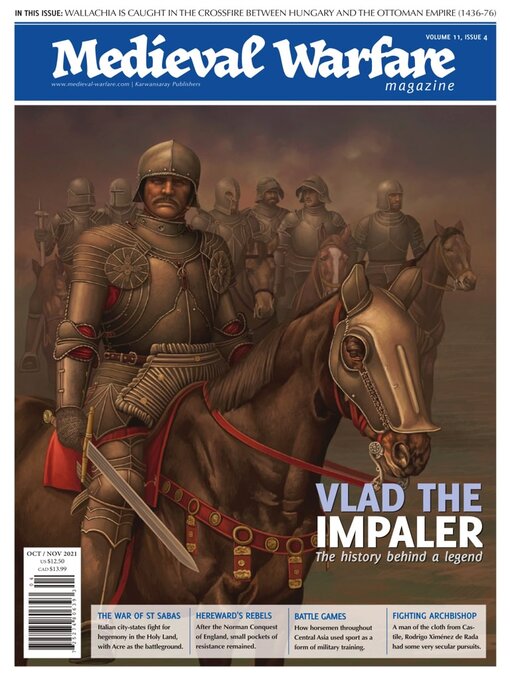
 Issue 11 - 2024
Issue 11 - 2024
 Issue 10 - 2024
Issue 10 - 2024
 Issue 9 - 2023
Issue 9 - 2023
 Issue 8 - 2023
Issue 8 - 2023
 Issue 7 - 2023
Issue 7 - 2023
 Issue 6 - 2023
Issue 6 - 2023
 Issue 5 - 2023
Issue 5 - 2023
 Issue 4 - 2022
Issue 4 - 2022
 Issue 3 - 2022
Issue 3 - 2022
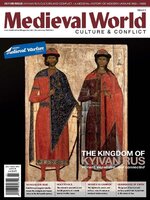 Issue 2 - 2022
Issue 2 - 2022
 Issue 1 - 2022
Issue 1 - 2022
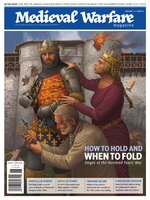 MW X11.1
MW X11.1
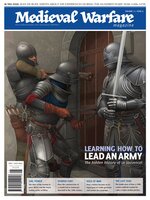 MW X1.5
MW X1.5
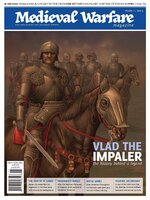 MW X1.4
MW X1.4
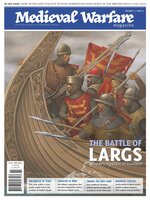 MW X1.3
MW X1.3
 MW X1.2
MW X1.2
 MW X1.1
MW X1.1
